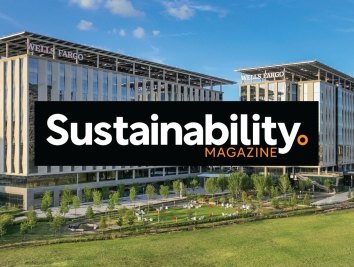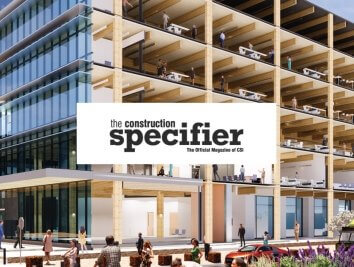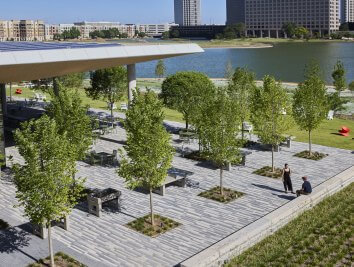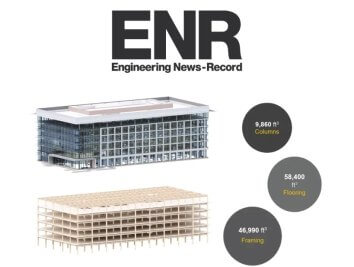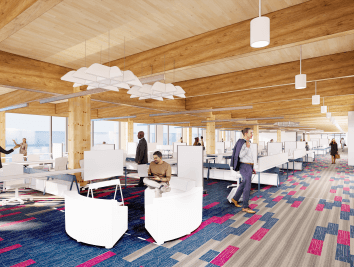Intelligent Processes and Defining Sustainable Architecture
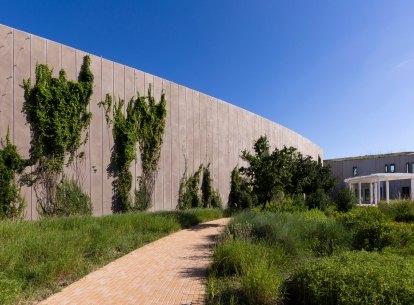
As design and architecture responds to a growing need for more sustainable and resilient built environments, our industry has both the opportunity and the challenge to consider how the practice, process, and products impact our local and global commune—from resource consumption and greenhouse gas (GHG) emissions mitigation to climate change adaptation while enhancing user experience and community wellbeing. Early environmental analytics are a powerful mechanism for architects and engineers to provide measurable feedback on the building’s performance to identify possible interventions that move the needle towards a more sustainable built ecosystem.
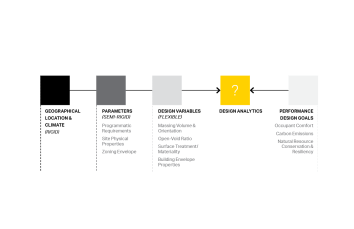
Intelligent Analytics Infused Design Process
What Does Such a Process Entail?
Infusing environmental analytics fuses varying analysis into the design development process to assess performance outcomes that loop back into the optioneering process as an intelligent decision-making tool. This process often utilizes advanced computational design tools such as the ones developed by Polination or Solemma to enhance the process—expanding the volume of design iterations analyzed and evaluated for set criteria. Such processes can help designers make high-impact decisions often with minimal implications on the cost of the project. The idea is to create automated processes early in the project design phase that help designers run hundreds of design iterations and quickly assess these iterations for both their aesthetics and performance metrics of any kind, including environmental, programmatic, and efficiency among others.
This means that a project must begin with two key factors. First, it must identify the problem clearly – and these can be a layer of problems to solve. Second, it must outline a clear set of priorities, goals and targets – especially as it pertains to sustainability metrics.
In any design project there are given fixed parameters such as its geographic location, immediate adjacent natural and built physical context and local and micro-climatic conditions. Beyond the physical, there are also other sensory environmental conditions such as noise, smells, etc. to consider. In most cases these cannot be altered but must be studied and understood for their direct and indirect impacts.
The second layer of parameters in most projects include a semi-rigid set of values that have varying degrees of flexibility. These values include things such as its programmatic requirements, on-site physical features (terrain, water bodies, etc.) and zoning envelope or other regulatory constraints. Depending on specific project and site, some of these parameters may be able to be adjusted or addressed.
The final set of parameters are the design variables we create that can be plugged into the intelligent process for environmental performance evaluation amongst other design assessments. These variables can be limitless and can include everything from building massing and orientation, building envelope components, materiality, external design conditions, building conditioning systems to interior lighting. A combination of these variables can define innumerable iterations of design.

The environmental analytics itself must be bespoke to each project based on all the factors outlined above, and primarily focused on set project priorities, goals and targets defined for the project.
Defining the Right Analytics
The environmental analytics itself must be bespoke to each project based on all the factors outlined above, and primarily focused on set project priorities, goals and targets defined for the project. For example, an education facility, while aiming to achieve a net-zero carbon goal may choose to prioritize the optimal indoor environment for its students where daylighting and glare are key drivers. A data center project may focus on operational efficiency and net-zero operational carbon as well as minimize water-use for in its building systems. Such goals can be simultaneously studied and balanced in an intelligent computational process and the analysis needed must selected appropriately. In an aviation facility, for example, it is important to assess glare conditions in concourses that typically will have large glazing for external views and where gate check-in counter employees must also be able to see their computer monitors. So, the analysis included in the design of such concourse must include daylighting, glare potential and desired views for its passengers.

Key Metrics to Consider
While each project will have key metrics of its own that define the success of that project, there are some global KPIs that must be part of all of our project goals. Two such key metrics are green-house gas (GHG) emissions reduction, which is a pressing issue of our time to address climate change and user experience, comfort and well-being, which essentially is the primary purpose of the built environment.
GHG Emissions
With the current pressing need to reduce green-house gas (GHG) emissions, this must be part of every project’s goal and assessment criteria. Many analytics including envelope studies for optimal performance will eventually lead to reduced operational carbon. Ideally, we aim for a net-zero carbon design and if that is not feasible, especially in dense urban environments, at the very least we design for carbon-neutral ready facility, in anticipation of a clean energy grid in the future. Such strategy will deploy electrification of the project, but it is still critical to ensure reduced energy load on the grid.
The other aspect of the GHG emissions related to our work is embodied carbon in our materials and emissions attributable to the construction process of the project. While as designers, we have limited control over these ‘Scope 3 emissions’, our industry is working diligently to assess environmental impacts of materials applied in buildings through a growing set of data tools, such as Tally and EC3, and can more accurately measure the impact of materials—moving beyond singular, siloed reporting to tracking the environmental cost on producing, storing, transporting, using, maintaining, and disposing of the materials used in the construction and life of a building. A more comprehensive picture of the materials or how they
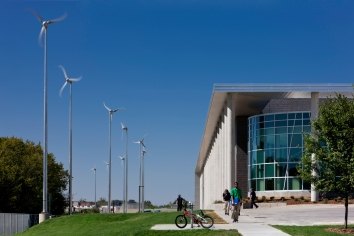
Environmental analytics can help assess key drivers of wellness and user experience including indoor air quality, acoustics, and thermal comfort.
User Experience, Comfort and Wellbeing
Significantly influencing how users experience spaces and the degree to which they are empowered to successfully engage with it and each other, these data points coupled with an understanding of user preferences and pain points allows opportunities to create spaces that intuitively integrate with the people and purpose of the building. An intelligent process can combine these varying and sometimes conflicting variables of design and help find a balanced solution that meets set criteria and goals for a space. The end result is spaces that promote health, social wellbeing, and productivity while also minimizing the resources and materials needed to do so.
What's Next
In the pursuit of a sustainable future, architecture plays a vital role, and leveraging environmental analytics and building data can significantly enhance its impact. While the data and insights provided by these tools allows for powerful insights into the performance or experience of a building, more thoughtful integration is still needed. Making sense of the information and earlier incorporation can offer a measurable roadmap to improve outcomes through good design. Energy-efficient, resource-conscious, and healthy buildings and communities also requires the practices to consider what happens to the materials, buildings, and components after its shelf life has expired and more comprehensively measure the impact of it on the environment—from transportation of goods and people to how we power our structures.
Quickly modeling and testing concepts, better measurement of materials and processes, and real-time metrics, environmental analytics embraces the innovative approaches and technologies that can help us imagine a more sustainable and resilient future for the buildings, our communities, and our planet.







